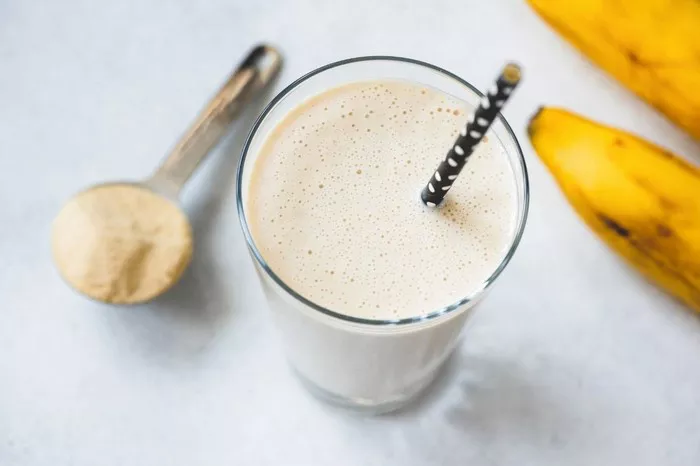Pets bring immense joy and companionship to our lives. However, for many individuals, living with pets also means dealing with pet dander, a common allergen that can cause a range of allergic reactions. Understanding the causes of pet dander, its impact on human health, and effective management strategies is crucial for pet owners, particularly those with allergies or those living with allergic family members. This comprehensive article will explore the scientific underpinnings of pet dander, its contributing factors, and how it can be managed to create a healthier home environment.
Understanding Pet Dander
Before delving into the causes and implications of pet dander, it is essential to clarify what pet dander actually is.
Defining Pet Dander
Pet dander consists of tiny, even microscopic, flecks of skin shed by cats, dogs, rodents, birds, and other animals with fur or feathers. These particles can be very small and can remain airborne for long periods or cling to furniture, bedding, fabrics, and other items within a home. Dander is a particular concern because it can trigger allergic reactions and is a key component in household dust.
Composition of Pet Dander
Pet dander includes not just the flakes of skin but also hair, saliva, and urine that can dry and flake off from an animal’s body. This complex mixture contributes to the allergic potential of dander. Proteins found in this mix are the primary triggers for allergic reactions, rather than the hair or fur itself, as commonly misconceived.
Causes of Pet Dander
Understanding the production of pet dander involves examining both biological and environmental factors that contribute to its prevalence in homes with pets.
Natural Skin Shedding Process
All animals with fur or feathers undergo a natural process of skin shedding. This process is necessary for new, healthy skin cells to surface as the old ones die off. The rate and quantity of skin shed vary widely among different species and even among individual animals.
Grooming and Scratching
Pets groom themselves as part of their natural behavior, which can lead to the release of skin flakes and saliva, adding to the amount of dander in the environment. Additionally, scratching can exacerbate the shedding of dander-laden skin flakes.
Diet and Health
The quality of a pet’s diet directly affects its skin health. Poor nutrition can lead to dry skin, increasing flakiness and, consequently, dander. Moreover, various health issues, including allergies and skin conditions like dermatitis, can increase skin shedding.
Genetic Factors
Certain breeds of cats and dogs are known to produce less dander. For example, cat breeds like the Siberian or dogs like the Poodle often produce fewer allergens. These genetic factors play a significant role in the amount of dander produced by a pet.
Hormonal Changes
Pets undergo various hormonal changes throughout their life, particularly if they are not neutered or spayed. These hormonal fluctuations can impact their skin’s health and shedding rate, thereby influencing dander production.
Health Implications of Pet Dander
Pet dander is a significant allergen and can contribute to various allergic reactions and respiratory issues.
Allergic Reactions to Pet Dander
Allergies to pet dander can manifest in several ways, including sneezing, runny or stuffy nose, facial pain (from nasal congestion), coughing, chest tightness, shortness of breath, wheezing, watery, red or itchy eyes, and skin rash or hives. For people with asthma, exposure to pet dander can cause more frequent and severe asthma attacks.
Impact on Respiratory Health
Pet dander particles are small enough to be inhaled deeply into the lungs, which can exacerbate respiratory symptoms, particularly in individuals with pre-existing conditions such as asthma or chronic obstructive pulmonary disease (COPD).
Management and Reduction of Pet Dander
Managing pet dander is crucial for minimizing allergic reactions and maintaining a healthy home environment. Here are effective strategies to reduce and manage pet dander:
Regular Pet Grooming
Regular baths and grooming can significantly reduce the amount of dander pets produce. It is recommended to groom pets outdoors if possible or in a well-ventilated area to prevent dander from settling in living spaces.
Optimal Nutrition
Feeding pets high-quality food that promotes skin health can reduce the dryness and flakiness of their skin, thereby reducing dander production. Supplements like omega fatty acids can also improve coat and skin health.
Maintain a Clean Home Environment
Frequent vacuuming with HEPA filters, dusting, and washing pet bedding and toys can help reduce dander accumulation. Air purifiers with HEPA filters can also be effective in capturing airborne dander and other allergens.
Designate Pet-Free Zones
Creating pet-free zones, particularly where allergic individuals spend a lot of time such as bedrooms, can help minimize exposure to dander.
Healthcare Consultation
For individuals with significant allergies, consulting healthcare providers for appropriate allergy medications or immunotherapy can be beneficial. Regular health checks for pets can also ensure that any potential skin issues are addressed promptly, reducing excessive dander shedding.
Conclusion
Pet dander is more than just an inconvenience; it is a significant allergen that affects indoor air quality and can have serious health implications. Understanding the sources and factors contributing to dander production can help pet owners implement effective strategies to reduce its presence in their homes. By combining regular pet care, maintaining cleanliness, and adjusting home environments, pet owners can enjoy the companionship of their pets while also ensuring a healthy living space for everyone in the household.
[inline_related_posts title=”You Might Be Interested In” title_align=”left” style=”list” number=”6″ align=”none” ids=”8551,8547,8543″ by=”categories” orderby=”rand” order=”DESC” hide_thumb=”no” thumb_right=”no” views=”no” date=”yes” grid_columns=”2″ post_type=”” tax=””]
































